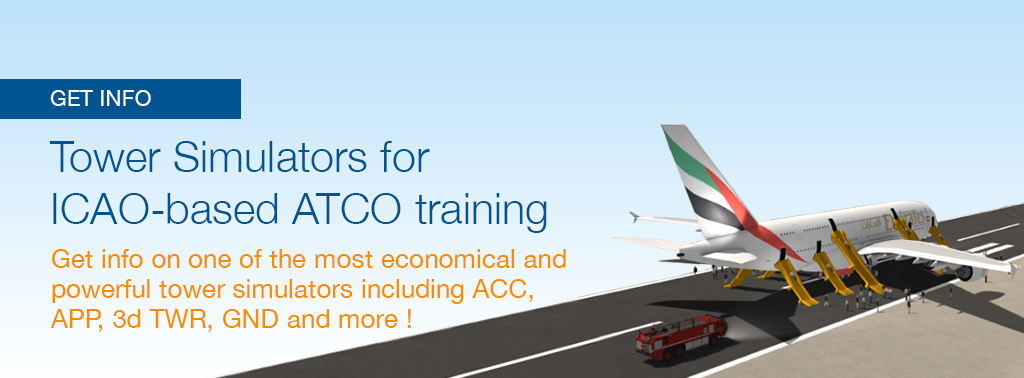Airbus sees significant potential for the reduction of CO2 emission. With a big drop achieved through enhanced Air Traffic Management.
Airbus' CEO Guillaume Faury announces motivated goals to fight the climate crisis in the frame of the "Airbus Innovation Days 2019" in Toulouse. He wants to grow in a "climate-neutral" way in-between 2020 and 2035. Hereafter the overall CO2 emission caused by Airbus aircraft shall go down continuously. The ultimate goal shall be to be completely CO2 - neutral.
Technical Solutions for the Aircraft
Technically Airbus counts on a blend of technologies like electrical engines, hydrogen fuel, or synthetic kerosene. The right aircraft for the right application with adapted drive technology is the answer, leading to a bigger range of aircraft types, often with hybrid drive technology.
The Role of ATM
Faury says that 15% of CO2 emission and fuel consumption can be reduced through a more effective Air Traffic Management. Now the ball is in our court.
But indeed, that is perhaps the most simple way in times of interconnected FIRs. The key to it all is dynamic management.
We need more dynamic time slots, optimized through algorithms and skilled ATCOs. They shall bring more flexibility to the traffic in the air, on the ground in the airport of origin and at the destination, but also depending on weather and wind conditions. We need dynamic flight trajectories, again optimized on whether and traffic conditions.
But also, depending on the traffic situation, and for the benefit of optimized availability of ATCOs at the right tower in the right time, we need virtual towers, and virtual, dynamically changing teams. And last but not least the working positions need to be dynamic. Based on the requirements we need to be able to rapidly turn an ACC position into APP etc.
The Key to resource-effective and resource-efficient ATM is the right infrastructure and qualified ATCOs.
From Good to Great
Jim Collins wrote in his bestseller "Good to Great" that a team of qualified motivated people led in most cases analyzed in an industrial study to great solutions.
SkyRadar provides dynamic simulators for TWR, APP and ACC, inspired by the CESAR research and the Single European Sky, including
- dynamic trajectories
- dynamic scheduling
- virtual towers
- dynamic working positions
- expert systems for evaluation of options
The drivers of change will be the skilled controllers and supervisors. The technical training solutions are there. Let us implement them.
And please - if any feature for COs reduction was not listed above, please contact us, that that be include it in the simulator and curriculum suggestions.




